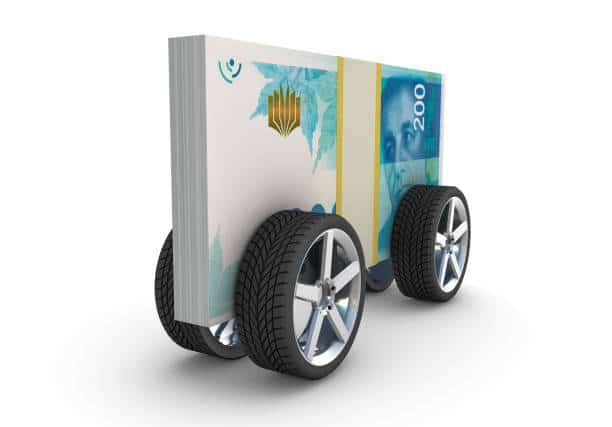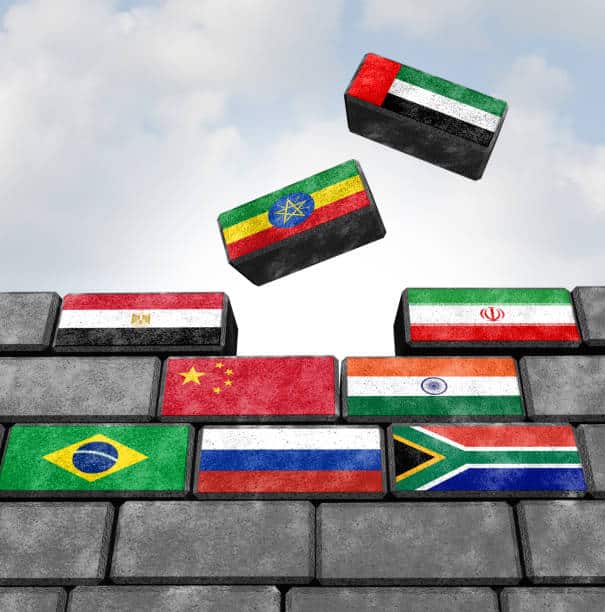Introduction: The Global Rise of Emerging Economies
Globalization has been gradually advancing, while new economies have gained more importance and are actively participating in determining the further fate of world markets. Such transforming, quickly growing, industrializing, and investing nations are indeed changing the face of international business, trade, and finance.
But what kind of indicators should one use to distinguish an “emerging economy”? What are the critical characteristics that make them different from developed and underdeveloped countries? By giving an understanding of what constitutes emerging economies, their prospects, challenges and effect on international business in this article, the reader is better placed to make certain conclusions.
What Defines an Emerging Economy?

Developing nations are usually countries that are in the middle of the industrialization and development process, transferring from the least developed country category to a developing or a developed nation. It will be noted that these countries are demonstrating high rates of growth, improvements in standards of living and gradually opening their doors to international trade.

Although the concept of emerging economies is not well defined, there is a fairly general understanding of what it describes; primarily, these are the countries that are in mid-development, but it also describes the process of their further involvement in terms of industrial and market and institutional development. These include China, India, Brazil, South Africa, as well as Mexico.
1. Rapid Economic Growth
It is known that one of the main characteristics of emergent countries is high rates of development. It should also be noted that these nations generally have much higher rates of economic increase in their GDP annually than the developed countries. For instance, traditionally China and India have shown double -igit growth rates based on industrialization, FDI and moving consumer demand.

Economic growth in emerging markets is often fueled by:
- Industrialization: A hallmark of an emerging market, therefore, is that the economy is shifting from an agricultural-based economy towards an industrialized economy.
- Increased Foreign Investment: These countries have relatively high FDI attraction, especially in manufacturing, infrastructure and technology.
- Growing Middle Class: There is increased purchasing power as a result of the emergence of the middle- income earner to drive more eConsumption expenditure, which propels more development.
2. Industrialization and Urbanization

Based on this perspective, emerging economies tend to go for rapid industrialization and transformation from an agricultural-based economy to an industrial one, which often extends to serve the service sector as well. In fact, as industries progress, more and more regions experience urbanization. Countries and regions grow, and different networks like roads, sea andairports, and communication networks are created.
Key Factors Driving Industrialization and Urbanization:
- Infrastructure Development: Various governments ensure that they put a lot of capital into developing the right lump sum for sustaining growth. This includes transport infrastructure, electric power systems and telecommunication.
- Technological Advancements: A large number of emerging markets are embracing new technologies within the field, ranging from advanced manufacturing to digital solutions.
- Labor market shifts: the shift from farming in the country to industry in the city generates employment. Some people move to cities from the countryside in search of a better salary and housing.
3. Expanding Middle Class and Consumer Markets

When the economy develops, incomes increase, and this leads to an increase in the number of middle-income earners. It also has a great impact on the domestic consumer market since consumer demographics change with time. It is not only that the middle class in emerging economies is expanding, but it also tends to spend more money than before, thus opening new prospects for usage and investments.
Characteristics of Expanding Middle-Class:
- Increased Consumption: Better disposable stands for more demands on consumer goods and services and personal real estate.
- Demand for Quality Products: When the income increases, the consumer starts looking for better quality products, products with manufacturers’ names and extra frills, including luxury products.
- Technological Adoption: A rise in middle-income households results in increased uptake of technologies, which increases demand for telephone handsets, smartphones, electronics and the internet.
4. Integration with Global Markets

A fourth characteristic of emerging economies can be seen in global integration, which continuously rises. Several developing nations integrate themselves into both consumption and production, exporting products in electronics, machinery, textiles, among others, and food crops.
Emerging economies benefit from:
- Trade Agreements and Foreign Investment: Free trade agreements and foreign investments increase their engagement in the supply of products to the global markets.
- Diverse Export Markets: These nations also always tend to diversify their export market destinations so that they do not rely on a given partner solely.
- Rise in Exports: There is normally a shift of production power to the emerging market for varioureasons,ns such as cheaper labour, tax exemptions and closeness to the sources of materials.
5. Institutional and Regulatory Reforms
Because of the necessity to have long-term investment and development, the emerging economies facilitate institutional and regulatory reforms. Such reforms may concern measures to minimize corruption, simplify the administrative structure and implement measures conducive to carrying out business activities.
Important Institutional Reforms:
- Taxation and Financial Policies: Favoured by a low taxation system and other fiscal incentives, investment can also be local or international.
- Legal System Improvements: Like any other enterprise the activity of the legal framework must be transparent to encourage fair business and protect property rights.
- Governance and Anti-Corruption Measures: Better governance, through combating corruption enhances the appeal of these markets to foreign investors.
6. Demographic Dividend
Newly industrialized countries are characterized by having young and a growing population base, in terms of human capital that is a source of labor. This is generally referred to as the “demographic dividend” which when accompanied by education and skills enhancement, provides a very positive stock to positively transform the development prospects of the concerned country.
Key Benefits of a Demographic Dividend:
- Labor Market Growth: A youthful population will therefore be an increasing source of employees for the growing industries.
- Increased Innovation: It also suggests that the young are more supple and able to take to new ways of thinking and new technologies.
- Consumption Power: As young workers enter the workforce they gain income and enhance domestic consumption for the economy.
7. Challenges Facing Emerging Economies
While emerging economies offer immense growth potential, they also face several challenges:
- Income Inequality: It is often disastrous because the rapid economic expansion results in growth of inequality and people end up holding their guns for change.
- Political Instability: Often developing or emerging economies suffer from political instability or risks, corruption or poor governance structures that may discourage investors.
- Environmental Concerns: As industrialization accelerates, environmental problems become amplified, or aspects such as pollution, deforestation, and depletion of resources.
- Infrastructure Gaps: Still, a lot of emerging markets are, at present time, struggling with their infrastructural deficiencies, particularly relating to rural regions.
8. The Role of Technology and Innovation
It is clear that technology is a critical factor, especially with the rise of the so-called emerging economies. Such professions, as these countries move to adopt new technologies, are able to skip some stages odevelopmentt, and turn into innovative leaders in the globally digitalized world of mobile payments and e-commerce.
How Technology is Shaping Emerging EEconomies
- Digital Transformation: mobile technology, internet services, as well as e-commerce platforms, has been embraced across the emerging economies.
- Tech Startups and Innovation Hubs: Places such as India and Brazil have now emerged as start-up technology world technology hotspots in areas such as fintech, health tech and AI.
- Smart Cities: Smart technologies are being applied mainly across emerging economy cities to make them smarter, increase productivity, decrease energy usage and improve overall community wellbeing.
Conclusion: Emerging Economies—The Future of Global Growth
Developing countries are the future of specific economic development. These nations are expected to become major players in the new world economy because of their rapidly industrializing economies, fast-growing middle-income consumption markets, and growing involvement in international trade. But they are not without issues like income disparity, political volatility, and environmental degradation, among others.
Analyzing the key features of emerging economies is vital for businesses directly affected by these changes and investors eager to benefit from the new opportunities. So long as people understand this is a growing market and that the dangers are present, stakeholders will be able to take advantage of the opportunity ahead.




